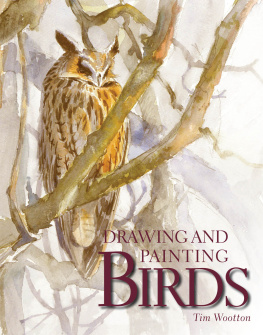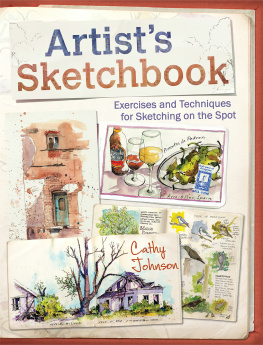
Simon & Schuster Canada
A Division of Simon & Schuster, Inc.
166 King Street East, Suite 300
Toronto, Ontario
M5A 1J3
www.SimonandSchuster.ca
All rights reserved, including the right to reproduce this book or portions thereof in any form whatsoever. For information address Simon & Schuster Canada Subsidiary Rights Department, 166 King Street East, Suite 300, Toronto, Ontario, M5A 1J3.
Copyright 2015 by Boshkung, Inc.
This Simon & Schuster Canada edition November 2015
SIMON & SCHUSTER CANADA and colophon are registered trademarks of Simon & Schuster, Inc.
For information about special discounts for bulk purchases, please contact Simon & Schuster Special Sales at 1-800-268-3216 or
Library and Archives Canada Cataloguing in Publication
Bateman, Robert, 1930, author
Life sketches / Robert Bateman.
Issued in print and electronic formats.
1. Bateman, Robert, 1930. 2. Painters--CanadBiography.
3. Wildlife artists--Canada--Biography. 4. Naturalists--CanadBiography.
5. Animals in art. 6. Nature in art. 7. Wildlife conservation. I. Title.
ND249.B3175A2 2015759.11
C2015-903852-9C2015-903853-7
Cover design by PGB
Interior design by Sharon Kish / www.sharonkish.com
ISBN 978-1-4767-8297-3
ISBN 978-1-4767-8302-4 (ebook)
GRATITUDE TO THOSE WHO HAVE POSITIVELY INFLUENCED MY WORLD, NONE MORE DEEPLY THAN BIRGIT.
CONTENTS
I : THE RAVINE
A s a painter, I rank green as one of my least favourite colours. But as a naturalist, I view green as soothing to the eye, especially that chlorophyll-laced green of the first leaves in spring. I liken this luminous lime-yellow colour, which the French call chartreuse, to a warm bath for the soul. And when I see that shade of green, I think of the ravine behind our Toronto house on Chaplin Crescent, in what was then the village of Forest Hill. The first forest I came to know, my own private woodland, my own The Wind in the Willows world.
Would I have become a painter and a naturalist had I not lived where I did as a boy? Hard to say, but that ravine enchanted me and drew me in from the time I could walk.
Imagine a day in May of 1940, when ten-year-old Bobbie Bateman descends the wooden steps at the back door of his familys modest red-brick Georgian home, set on a regular city lot. He heads purposefully across the backyard, down the slanted lawn, past the rockery to a white picket fence and a rose arbour, and through his dads vegetable garden. He comes to a rudimentary wire fence, easily cleared over, fixed to a log retaining wall. Maybe the railroad company had constructed it to shore up the banks, protecting the rail line that runs down the centre of the ravine. Twice a day, a black steam engine chugs past with its freight-car loads of coal and ice and building supplies. The Belt Line Railway, as it was originally called at the end of the nineteenth century, was meant to link the old town of Toronto with the villages and communities sprouting on farmland to the north. Yet young Bob can imagine an Indian hunting party quietly stalking through these woods; the ecosystem remains much as it has been for centuries.
On the north side of the rail bed is a creek that massively overflows every spring, creating a body of water sizable enough to justify the building of a raft. The creek is home to water bugs and minnows, crayfish, pollywogs, frogs and painted turtles; the ravine, to foxes and skunks, raccoons and mice. There is the smell of damp earth, the ambrosia of composting leaves and pine needles, plus the fragrance of the blossoms of the plum tree that grows by a favourite solitary perch. The boy takes it all in. He can hear willows rustling in the breeze, insects stirring in the brush, the sound of water coursing. And the birds.
As a child, I regarded the birds as my neighbours and I was eager to learn their names. Before I was twelve, my parents had given me several bird books, including Roger Tory Petersons A Field Guide to the Birds of Eastern and Central North America and Birds of America , illustrated by Louis Agassiz Fuertes. I knew the calls, the colours and the place in the canopy preferred by particular predators and songbirds. In that ravine of mine (or so I considered it to be) were warblers, thrushes, flycatchers, Blue Jays and Baltimore Orioles, and at dawn, I would hear the squawk of pheasants. Especially in spring, when migration was in full swing, the ravine was a chorus of birds. I loved, and still love, that symphony.
The other book that I read and reread as a young boy was Ernest Thompson Setons Two Little Savages , whose subtitle says it all: Being the Adventures of Two Boys Who Lived as Indians, and What They Learned . Very early in the book, the narrator, a boy named Yan, describes his frequent visits to a nearby taxidermists shop. The boy gazes spellbound at the window display of some fifty birds, twelve of which are labelled. Osprey. Kingfisher. Blue Jay. Rose-breasted Grosbeak. Wood Thrush. Scarlet Tanager. Partridge or Ruffed Grouse. Bittern. Highholder. Saw-whet Owl. Oriole.
The boy thought it important to know the birds, their names and identifiers, and he saw that the taxidermist had erred in his labelling. The alleged Woodthrush was actually a Hermit Thrush. Furthermore, The last bird of the list was a long-tailed, brownish bird with a white breast. The label was placed so that Yan could not read it from outside, and one of his daily occupations was to see if the label had been turned so that he could read it. But it never was, so he never learned the birds name.
To Yan, it was sacrilegious not to know the names of the flora and fauna in his neck of the woods. My ten-year-old self shared that notion, though I had only a vague understanding of the concept of sacrilegious and certainly could not spell the word. I considered it my sacred duty to know, simply by the shape of the tailrounded or squarewhether the hawk circling overhead was a Sharp-shinned Hawk or a Coopers Hawk or a Red-tailed Hawk. To me, that detail, that particularity, mattered a great deal. And just like Ernest Thompson Seton, I capitalized each species of bird when I identified it, and still do.
M OST KIDS START DRAWING mammals and birds at three and quit before theyre ten. I never stopped. The habit of sketching the wildlife I was observing took hold when I was very young, and I remember having smallish brushes always at hand. Mom, in particular, saw my passion, and she actively encouraged me. One year, I presented her with a painting of a dignified Elk for Christmas. I had, of course, never seen a real Elk, but the pages of National Geographic offered a model, and for the landscape there were multiple sources: our own ravine, trees from a golf course, a photograph of a mountain for the background.
The focus of my art was most often the menagerie of pets in the household. There was a black cat called Shadow, so named because she was always following us around. If someone asked, we called our canine pets mongrels. There was a dog the same colour as a yellow lab we called Wink, and later, a Canadian farm collie cross called Ruff because of a shank of soft hair at the back of her neck.
Those were just the domesticated pets. I also had a pet crow (who went unnamed), a turtle called Buck, a raccoon known as Cooney, and two Screech Owls named Blink and Rombus. Owls, I knew even then, raise several young, but theres usually a runt that gets sat upon and hen-pecked, and often there is not enough food for it. I found a nest containing four young, and I took the two smallest, telling myself that this was a rescue of sorts. I fed them mostly pieces of liver. I would hold one of the birds to my chest facing away from me, then force the lower beak open and use a toothpick to stuff a morsel of meat down its throat. Id close its beak so it had no choice but to swallow the food. Later, I started mousetrapping and feeding whole mice to the owls. I knew that Screech Owls require bones and fur for calcium. Soon I was cutting up mice, frogs and grasshoppers as food for Blink and Rombus, and each time I fed them, I whistled in order to imprint on them the feeding like Pavlovs dog. Eventually, they were on their own but came back to be fed for a few weeks when I whistled.
Next page

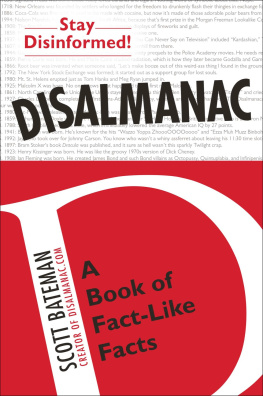
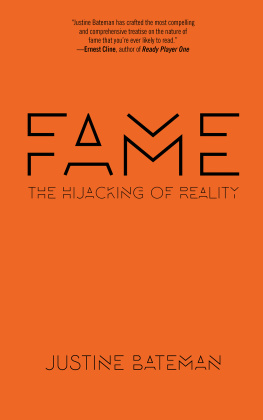
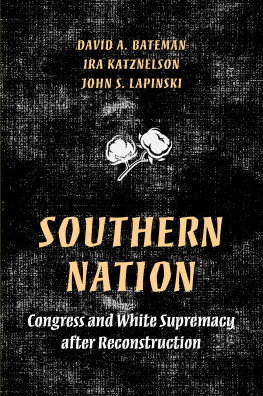

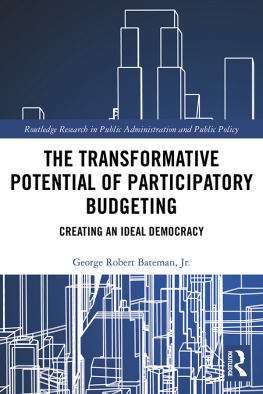
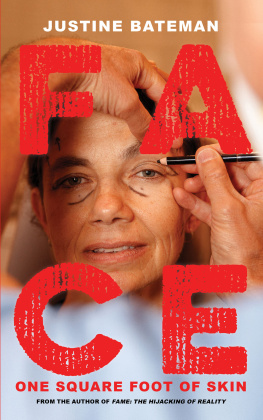
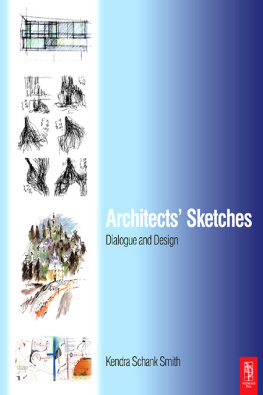
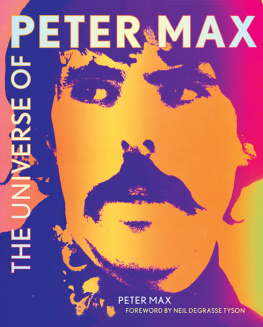
![Chris Bateman [Chris Bateman] - Beyond Game Design: Nine Steps Toward Creating Better Videogames](/uploads/posts/book/119409/thumbs/chris-bateman-chris-bateman-beyond-game-design.jpg)
